You’ve decided to remodel your kitchen. Now what? Not knowing where to start, many homeowners start by looking at kitchen appliances. Others collect inspiring kitchen photos. Some homeowners decide they need more room. Others simply want to upgrade their current kitchen. Homeowners may find themselves in this exploration stage for a year or longer before they start interviewing kitchen designers or general contractors.
Once you’ve pondered long enough and you’re ready to green-light a kitchen remodeling project, then what? We’ll start with the first nine steps in this article and then get into the nitty-gritty details in other kitchen workbook stories.

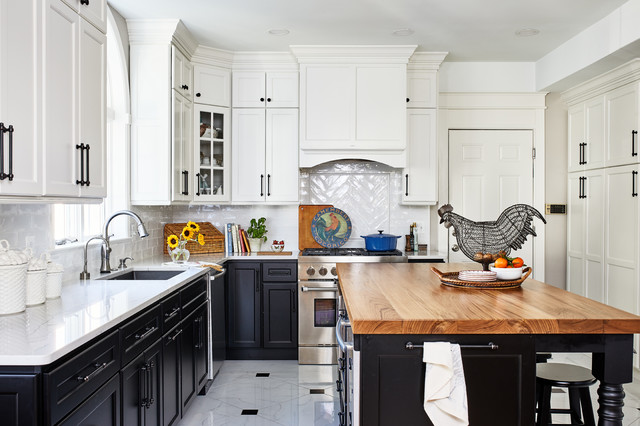
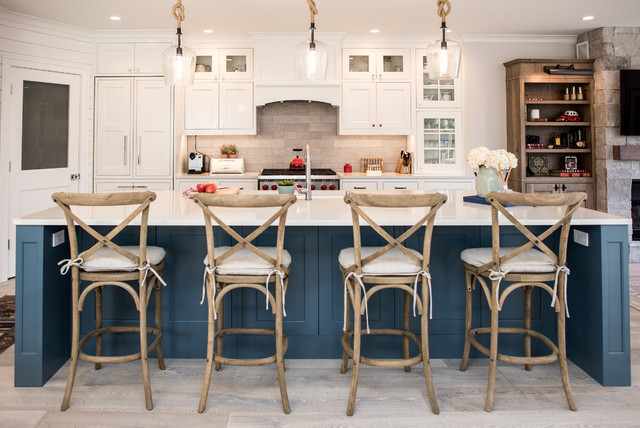
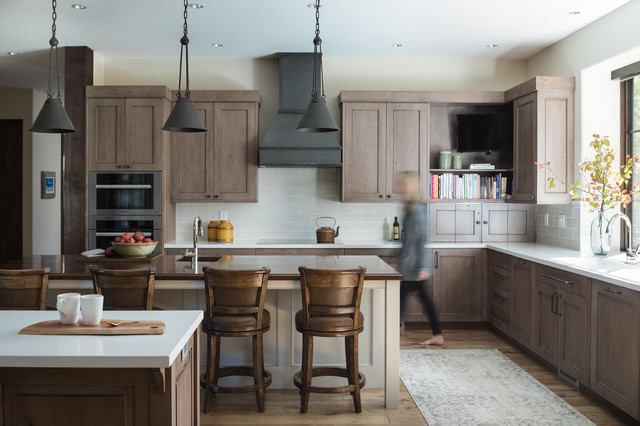
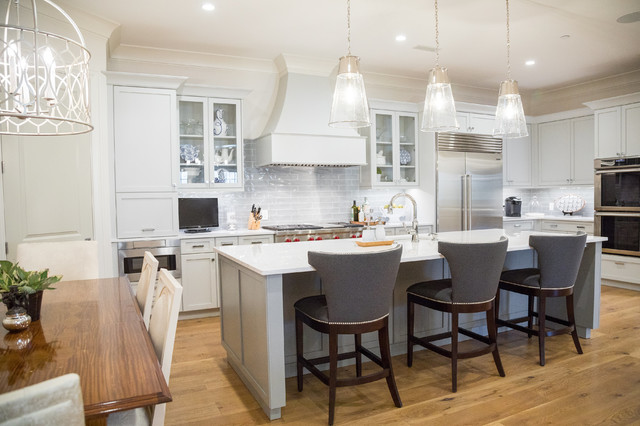
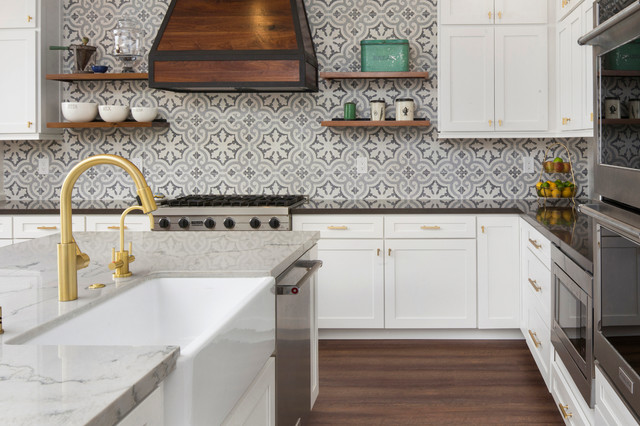
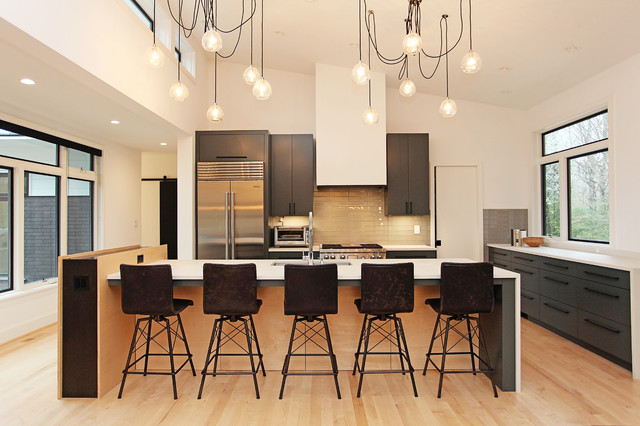
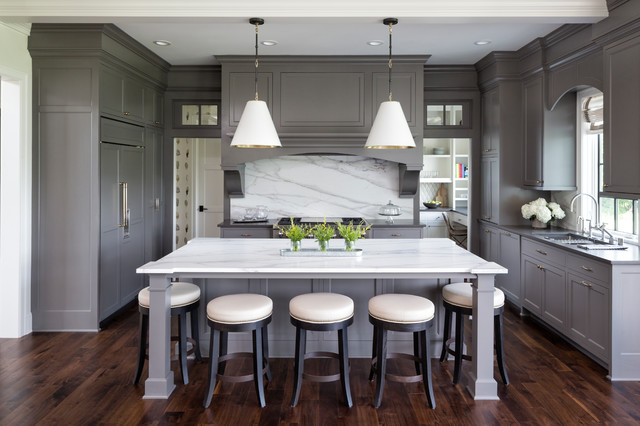
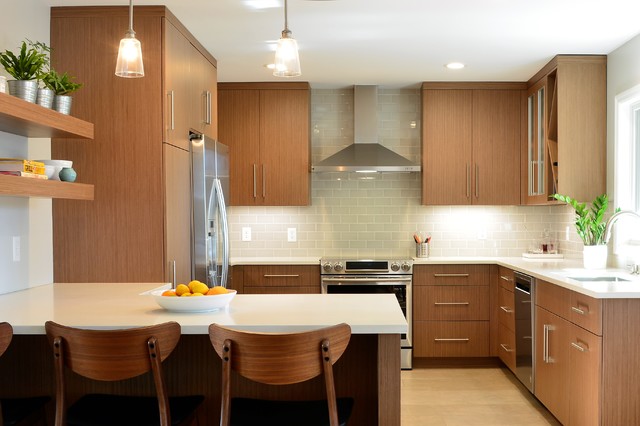
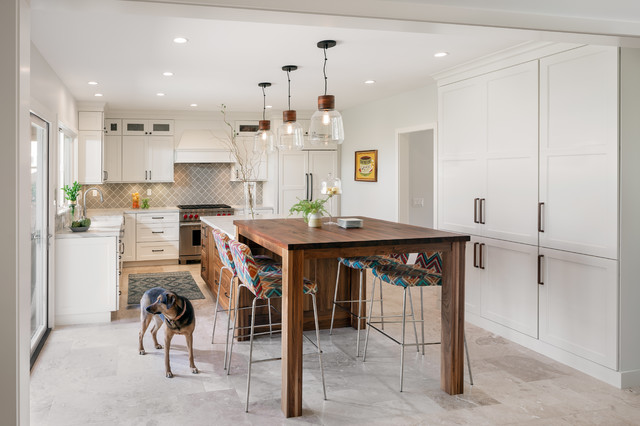
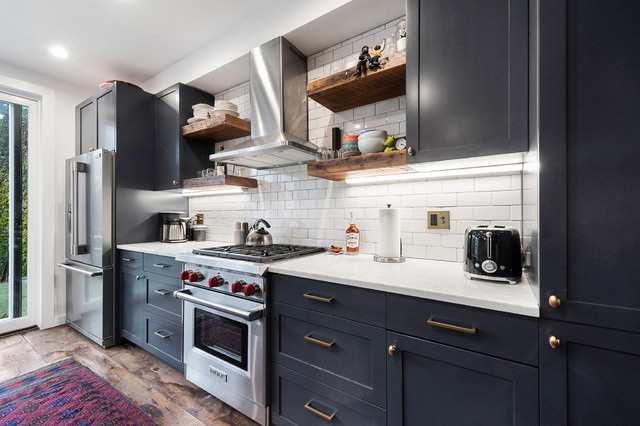
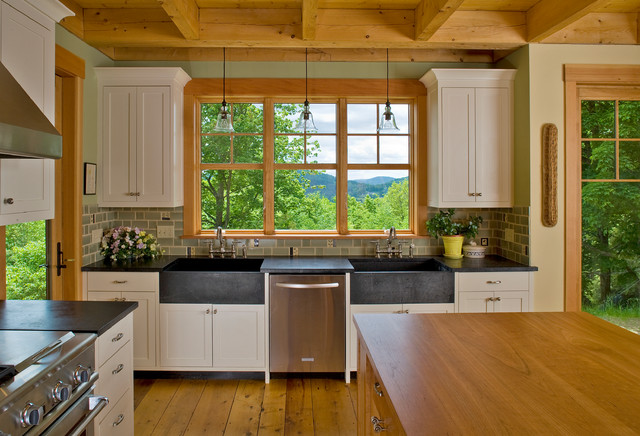

1. Think About What You Need in Your Kitchen Remodel
This step is all about figuring out how you use your kitchen, and finding the layout and features that fit your household’s lifestyle. Get ideas from Houzz kitchen guides, photos and discussions.
Think about your priorities and ask yourself some questions. How many people will be cooking and gathering here? How will they need to move around? Do you need an addition, or can you work with your existing kitchen footprint?
If you haven’t done so already, start saving photos of kitchens with features that suit your style. Your collection can be organized and beautiful like a scrapbook might be, or it can be filled with unorganized images. I like to randomly stuff images into my folders and ideabooks and go back to them later for edits.
How to Find Your Kitchen Style
Browse kitchen photos and save your favorites